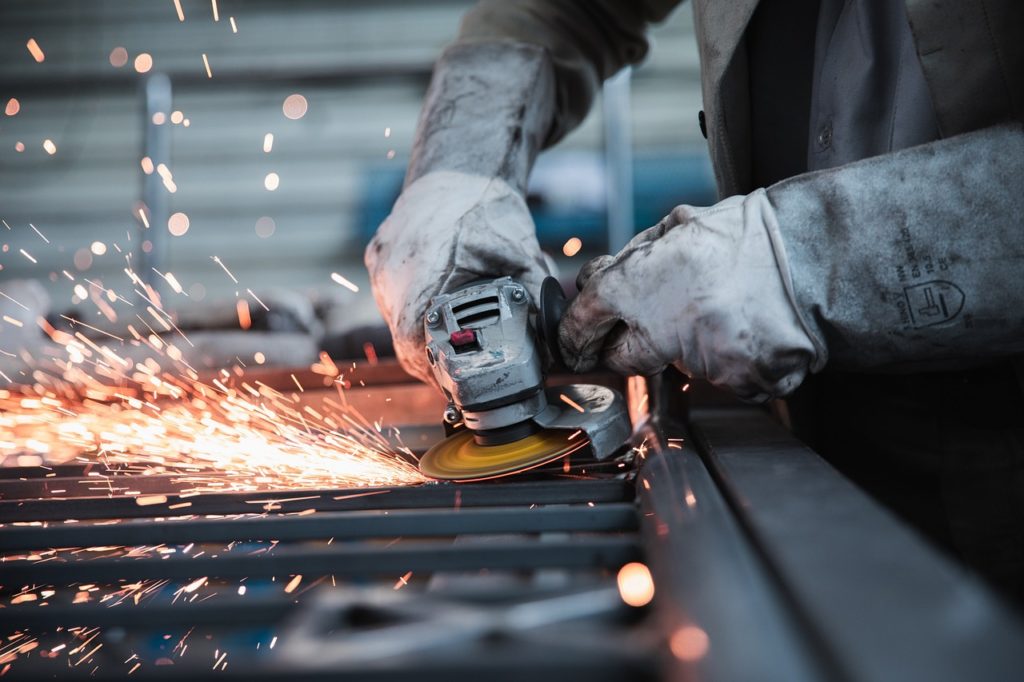The most apparent reason why it’s good to strengthen steel structures is for safety reasons. Suppose you’re responsible for the safety of one or more steel structures. In that case, it’s essential to be aware of its value, potential weaknesses, and solutions so that you can take adequate steps to mitigate them.
The advantages of strengthening a steel structure
To better understand the reasons to strengthen steel structures, it is good first to appreciate their qualities. These can give more ideas about the need to strengthen steel structures:
- Extremely versatile – These are good for creating spaces like garages, office buildings, warehouses, and more.
- Quick and efficient to build – Steel structures can be used sooner than other buildings.
- Can withstand high winds and earthquakes – They are ideal for use in areas prone to disasters.
- Offer excellent strength-to-weight ratios – They can support a lot of weight without becoming too bulky or difficult to move.
- Easy to clean and maintain – This is important in buildings where hygiene is concerned, such as hospitals or food processing plants.
- Can be recycled completely – This makes steel structures very environmentally friendly.
- Very energy efficient – They can be easily insulated to keep heat and pests out.
- Offer a modern look – They bring an attractive vibe for any client or customer.
There is plenty to do in a steel structure, but they must be properly constructed and maintained. These are significant to benefit from the advantages of a steel structure for years.
Ways to strengthen the steel structures
A sure way to better strengthen steel structures is by understanding their weaknesses. In that manner, an owner can troubleshoot problems that may arise. It also gives a competitive edge when designing and constructing a structure. Here are some of the weak spots of steel structures
Susceptible to fire damage – Steel is an excellent conductor of heat. Thus, when a fire starts, the heat can quickly spread throughout the entire structure. There are measures to reduce the risk of fire damage to steel structures. One is using fire-resistant construction materials, which can help slow the spread of fire. Another is having a fire suppression system that can prevent the fire from getting out of control.
Steel structures are subject to corrosion – Exposure to the elements such as rain, snow, and ice can contribute to the formation of rust on steel. Rust can weaken the steel structure, making it more susceptible to collapse.
One solution to corrosion is to coat the steel with a protective layer of paint or galvanize it. Galvanizing involves covering the steel with a layer of zinc, which creates a barrier between the steel and the elements. Insulating the steel building is also a must because it prevents condensation, which can lead to mold.
Steel structures are susceptible to wind damage – When strong winds blow, the steel structure cannot bend or move with the wind. Then, it can lead to the building breaking or collapsing. But there are methods to prevent wind damage, like bracing the steel structure or adding weight.
Additionally, it is vital to ensure steel structures are built to code and regularly inspected for any signs of damage. By taking these precautions, you can help assure your steel structure can withstand the force of strong winds.
No matter how extensive the damage is, it is crucial to get professional help as soon as possible to assess the situation and determine the best course of action.

